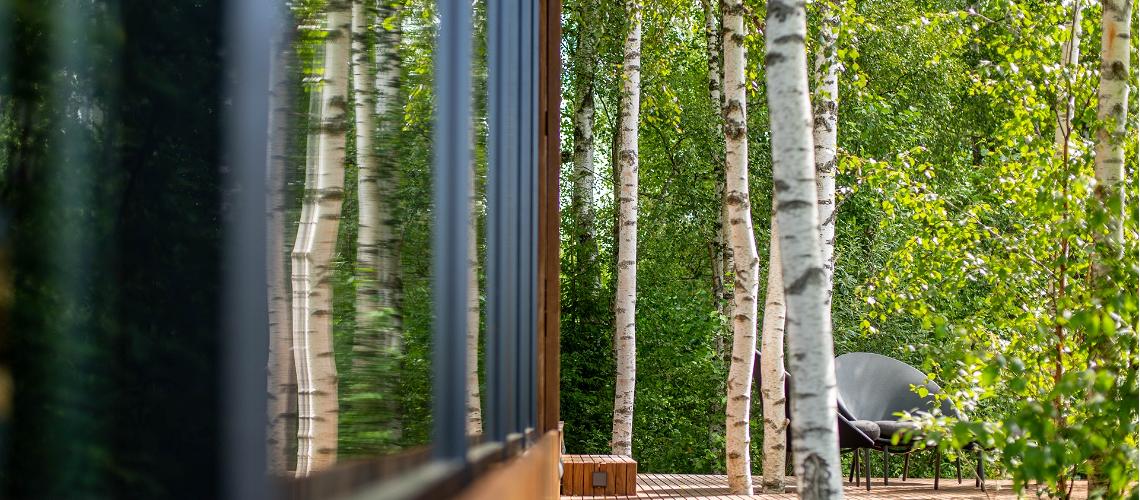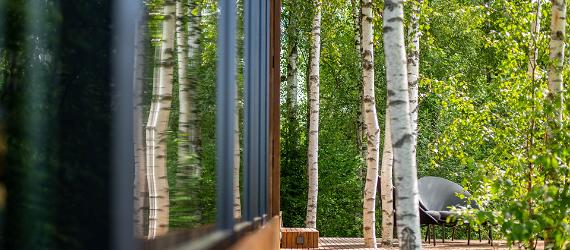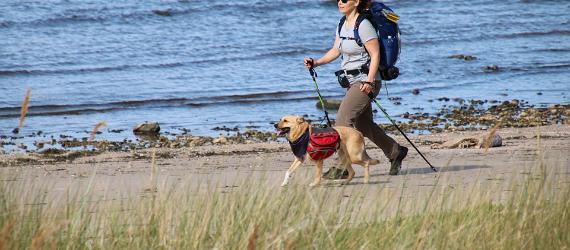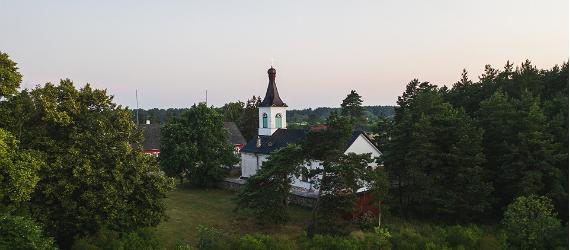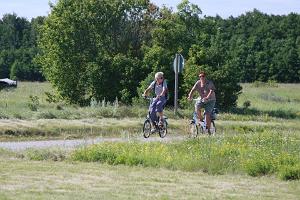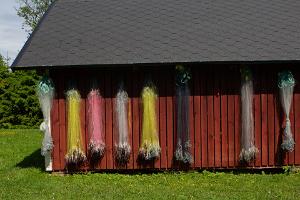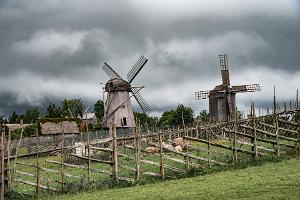Vormsi
Vormsi is an ideal vacation spot for those who seek untouched nature, peace and tranquility as well as people interested in Coastal Swedish history.
The juniper fields, coastal meadows, erratic boulders and lighthouses of Vormsi are best discovered on foot or by bicycle. You can leave your car in the Port of Rohuküla and rent a bike from the Port of Sviby or from the farm museum.
The coastal meadows, reed beds, forests and bays are natural habitats for rare plant and bird species.
A five-kilometre-long hiking trail runs along the Rumpo peninsula, giving you a chance to see rare lichens and observe coastal birds. The Saxby limestone outcrops reveal fossils of creatures that lived in the waters of the tropical shelves millions of years ago. The Huitberg limestone outcrop, one of the oldest coral reef structures in Estonia, is also worth seeing.
The cemetery of Vormsi is home to the largest collection of sun crosses in the world with over 330 of them dotting the graveyard. The crosses were not made by craftsmen but were carved by the farmers themselves out of limestone and sandstone, giving the stones a wide variety in appearance and the writings on them. Saint Olav’s Church, built in the 13th century, is unique for its lack of a tower.
For a good overview of the lifestyle of Coastal Swedes, you can visit the Vormsi farm museum, which is a fully reconstructed Coastal Swedish farm based on photographs and recollections of escaped Coastal Swedes.
See & Do
Information on search results display in Article 12 of the Terms of Use.















